Dominion Office Building
Artist/Designer: Zaha Hadid Architects
Project Location: Russia
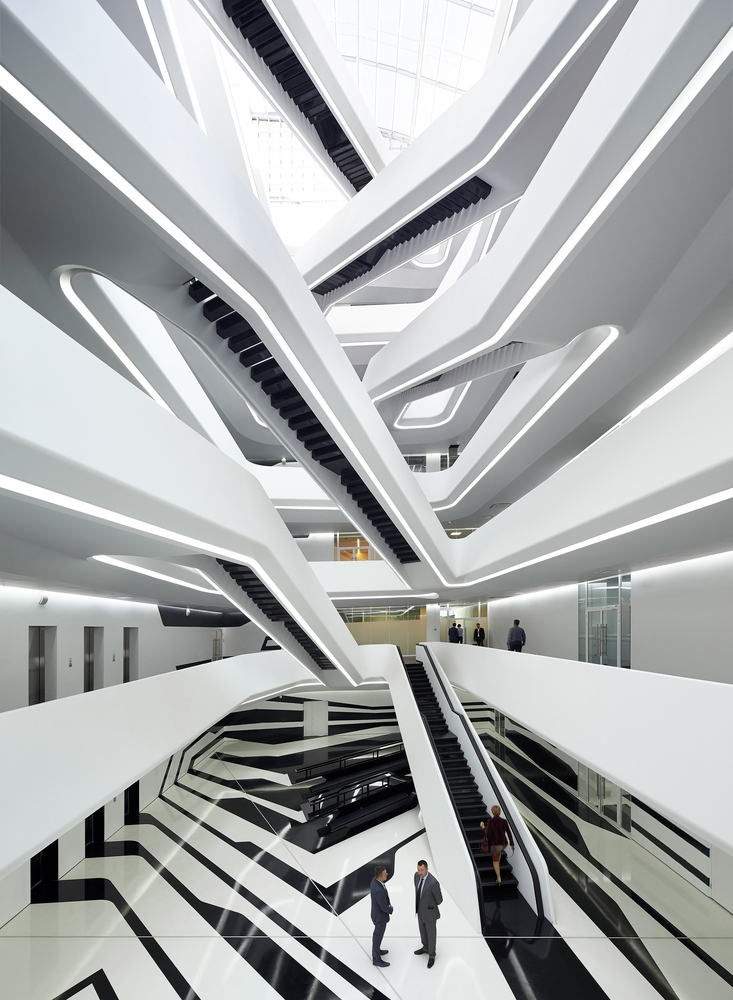
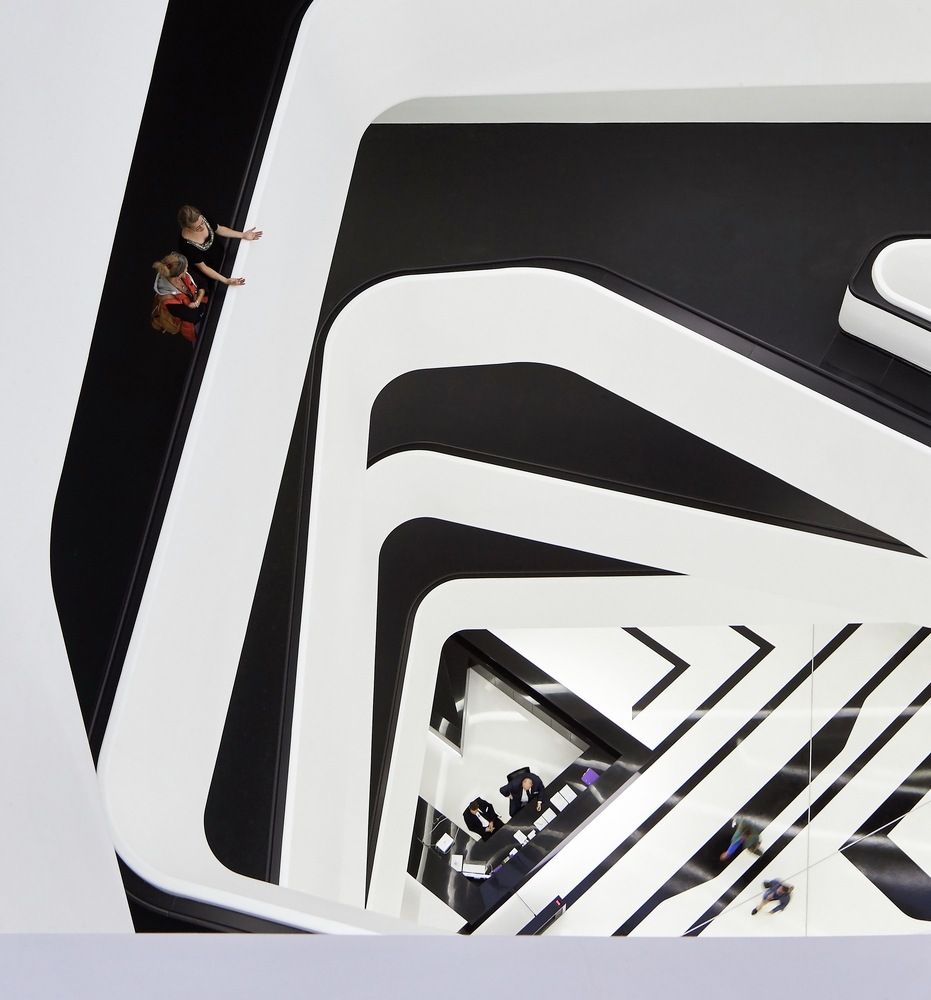
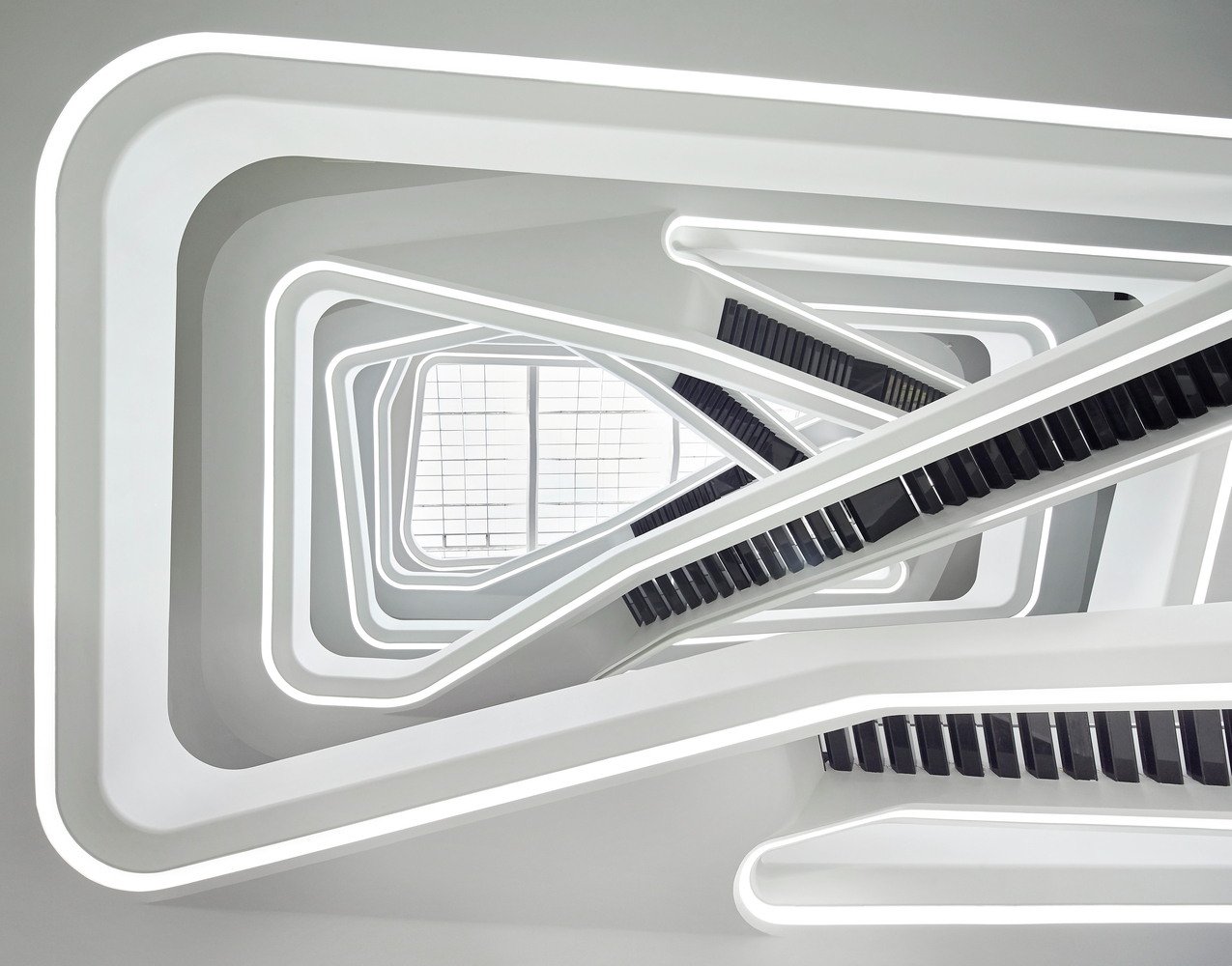
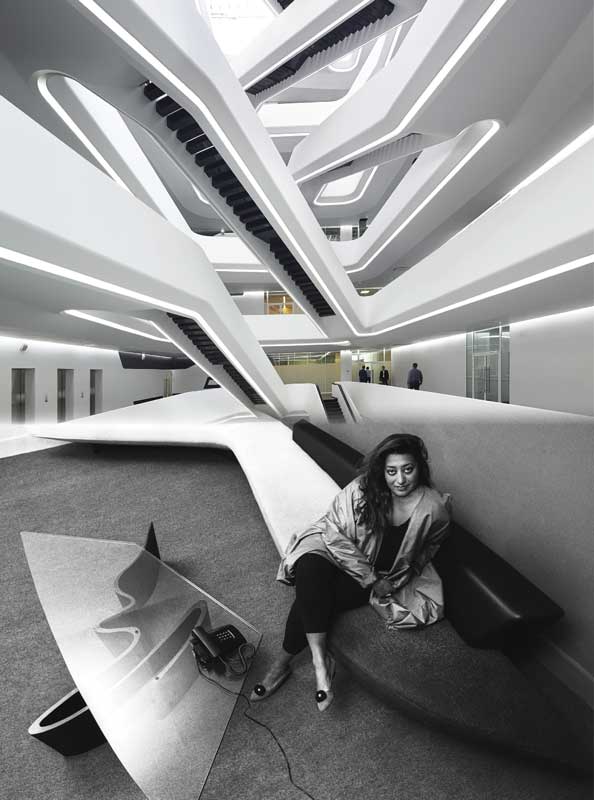
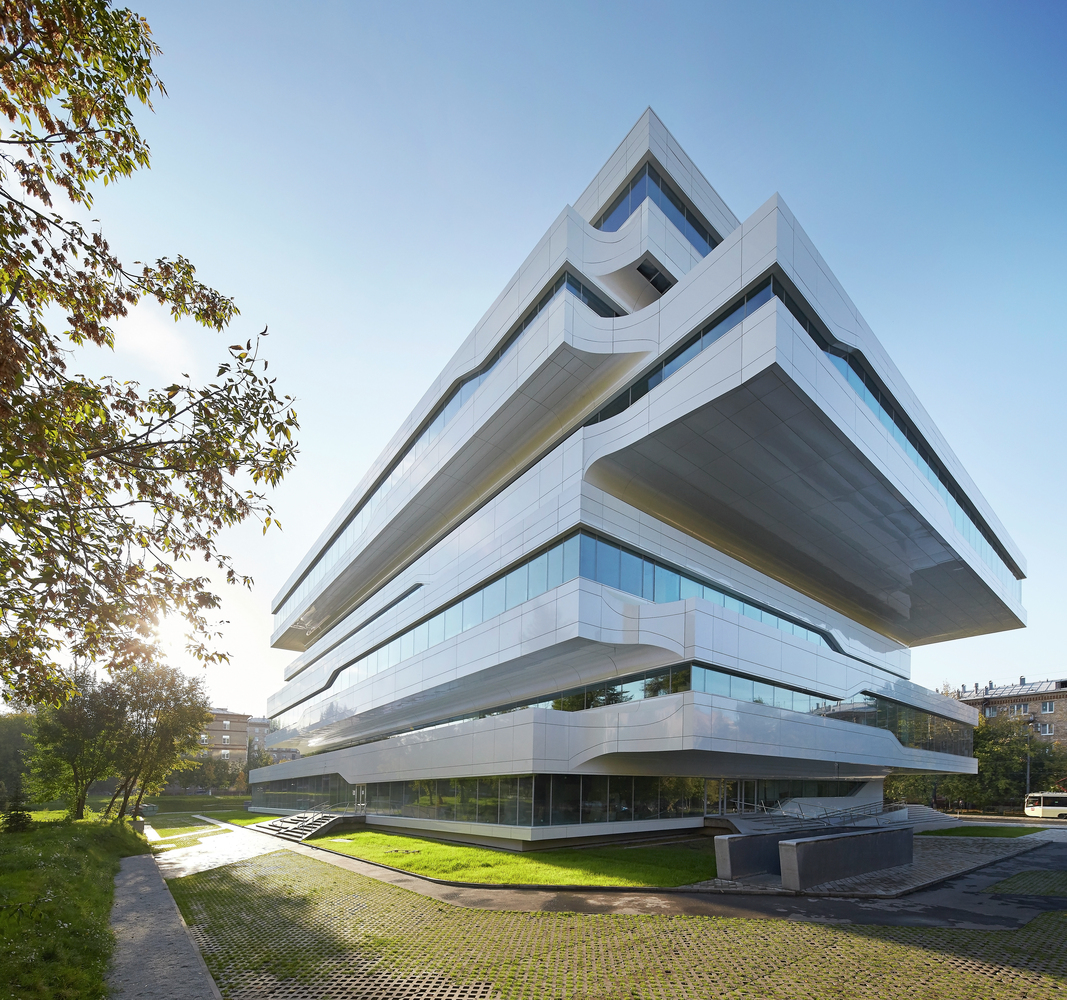
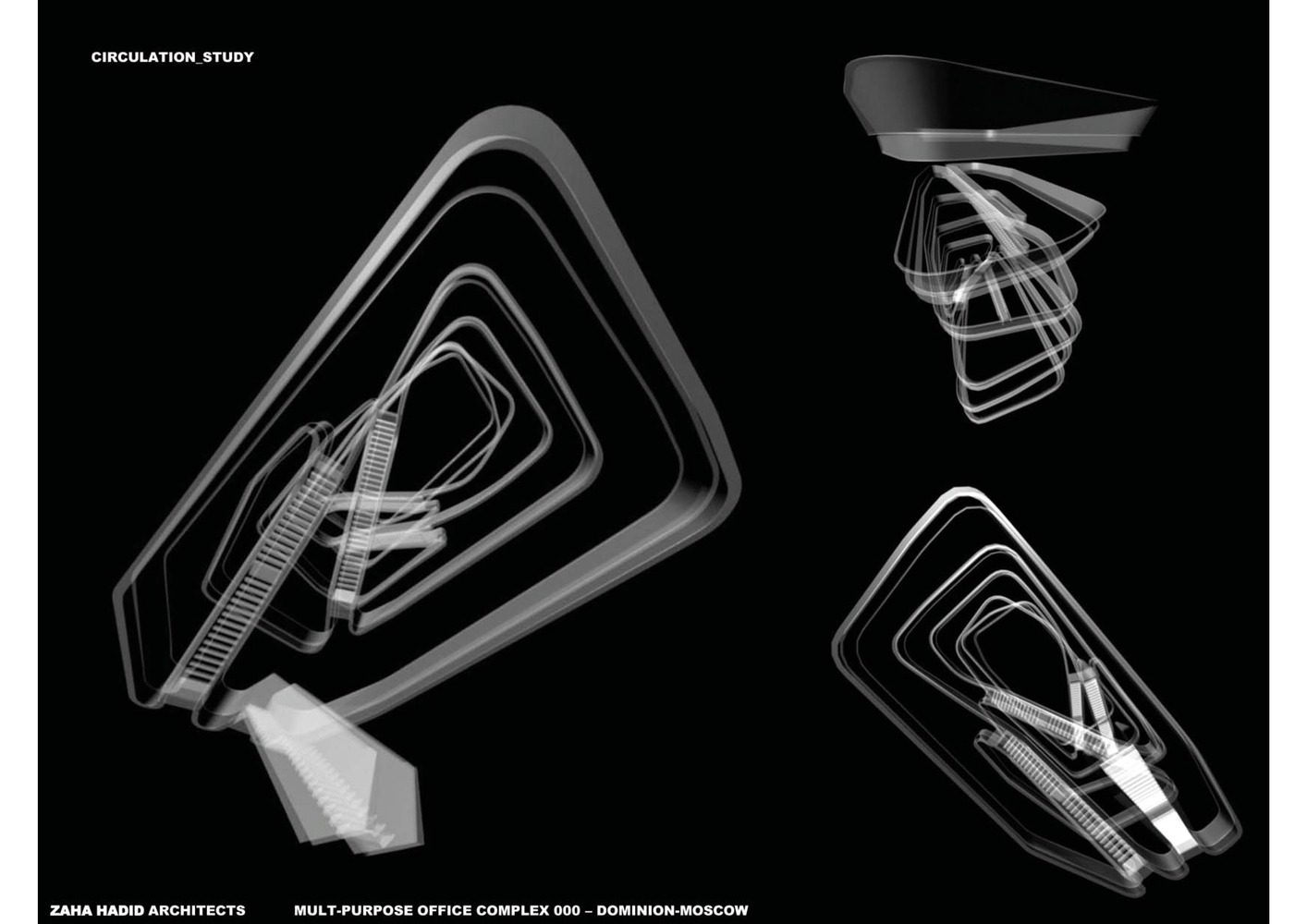
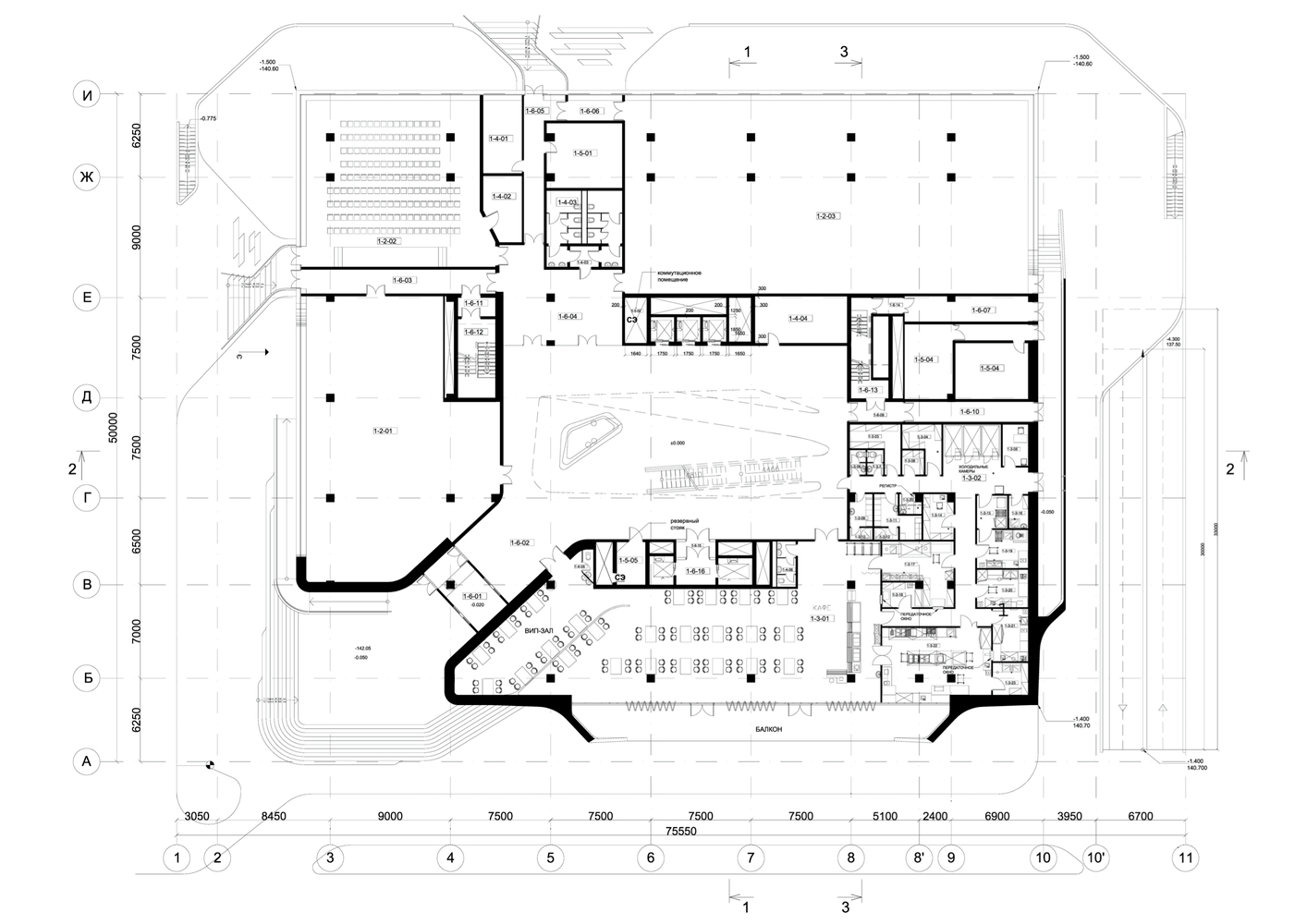
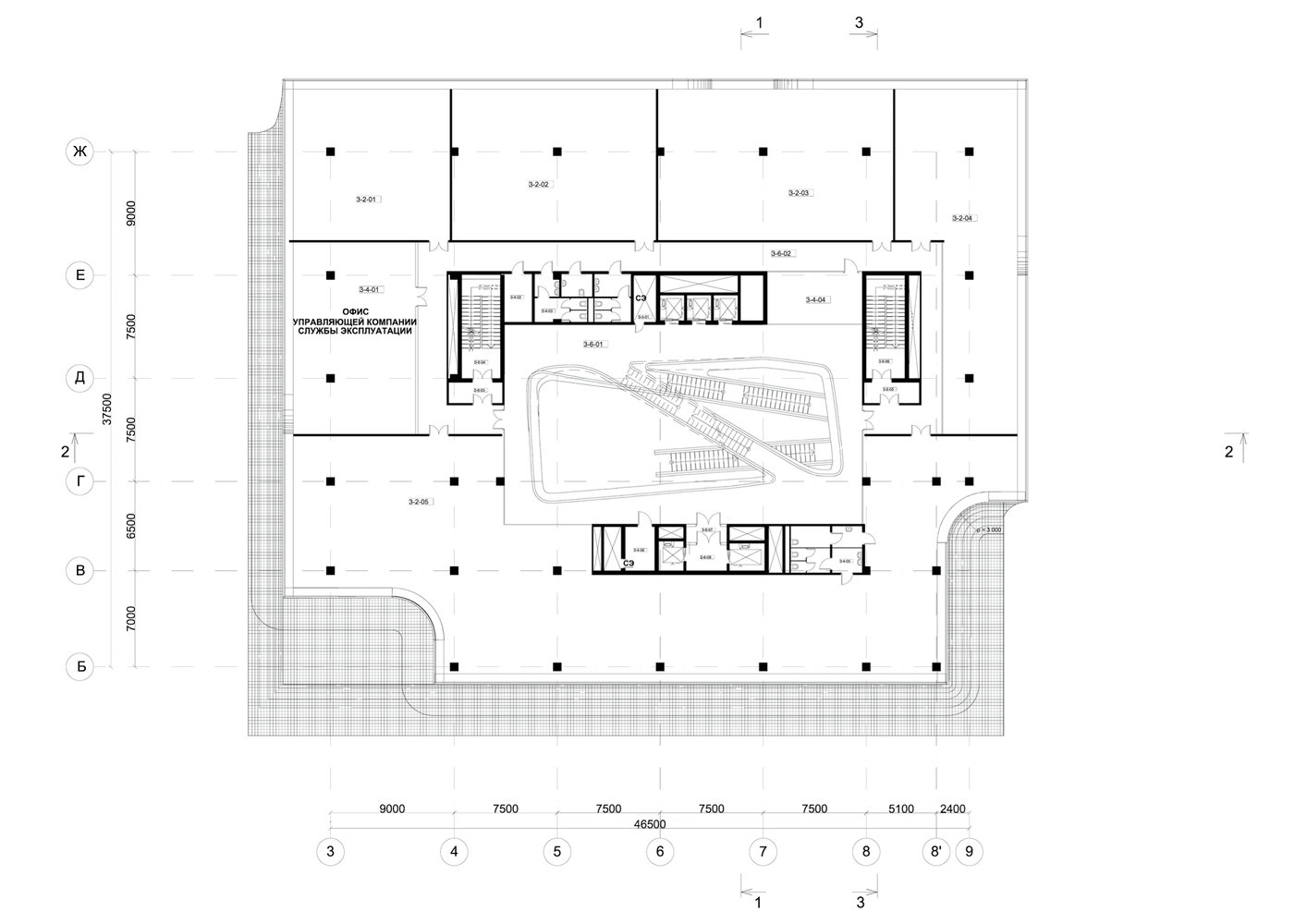
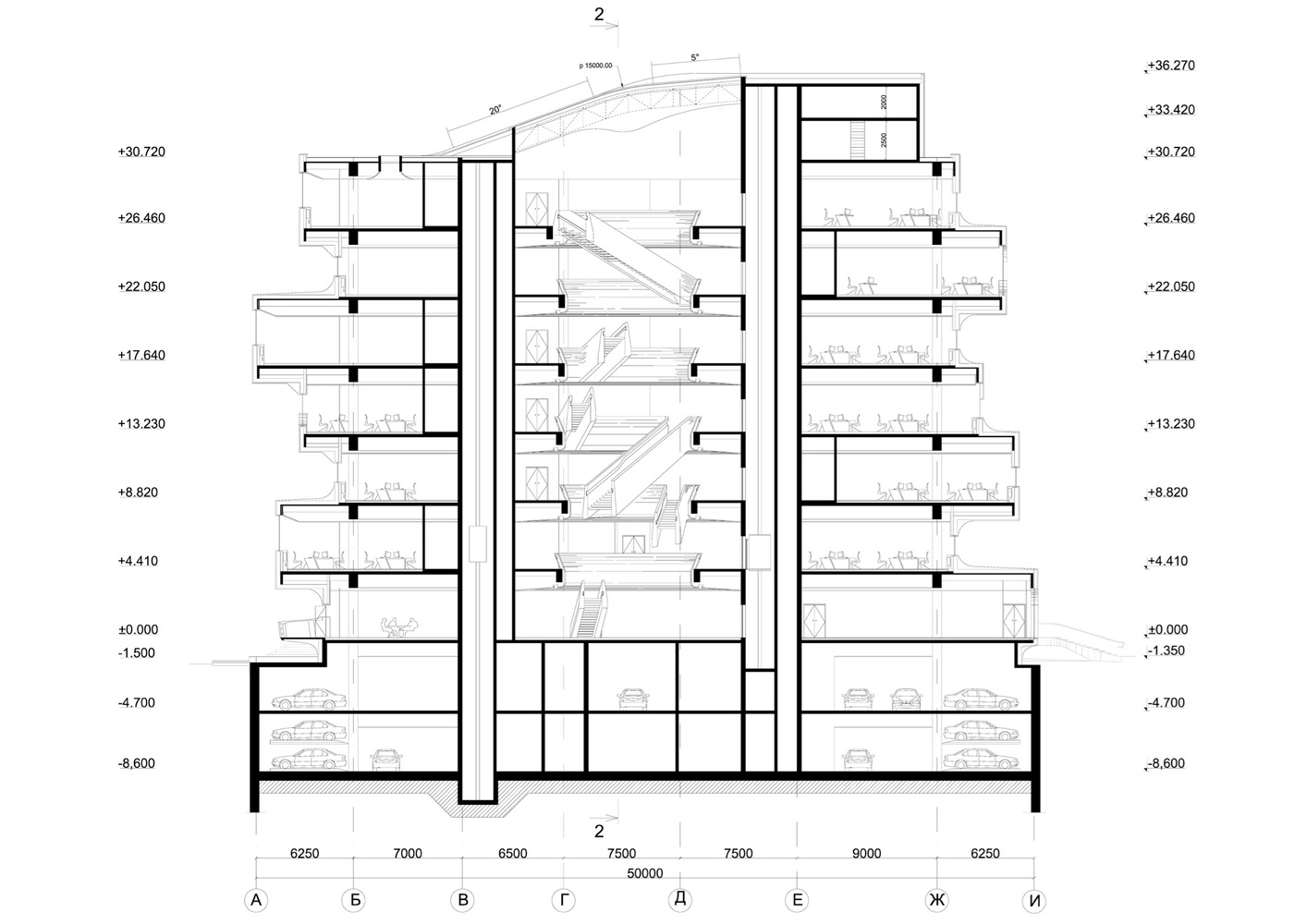
Style/Period(s):
Contemporary
Primary Material(s):
No Primary Material Assigned.
Function(s):
Workplace
Related Website(s):
Significant Date(s):
2015
Additional Information:
Located in Moscow’s Sharikopodshipnikovskaya Street, next to tram and trolleybus stops and near Dubrovka Station on the Lyublinskaya Line of the Moscow Metro, the Dominion Office Building is among the first of the new projects to be built for the growing creative and IT sectors in this primarily industrial and residential district in the southeast of the city.
The office spaces are arranged within a system of standard rectilinear bays to offer many different possibilities for small, expanding or large companies. Located on the periphery of the atrium and housing the lifts, fire-escapes, washrooms and service shafts, the service cores provide a degree of privacy to the separate office spaces, with gaps in-between these cores giving some transparency and allowing light to penetrate the into the office areas from the central shared atrium space.
This service core ring around the atrium, together with an additional bay of columns close to the outer envelope of the building, provides the structure. The off-set floor-plates are balanced between the opposite sides of the building. In some zones, columns are removed and replaced with transfer beams to increase the uninterrupted floor space for larger tenants or public programs.
Viewers should treat all images as copyrighted and refer to each image's links for copyright information.